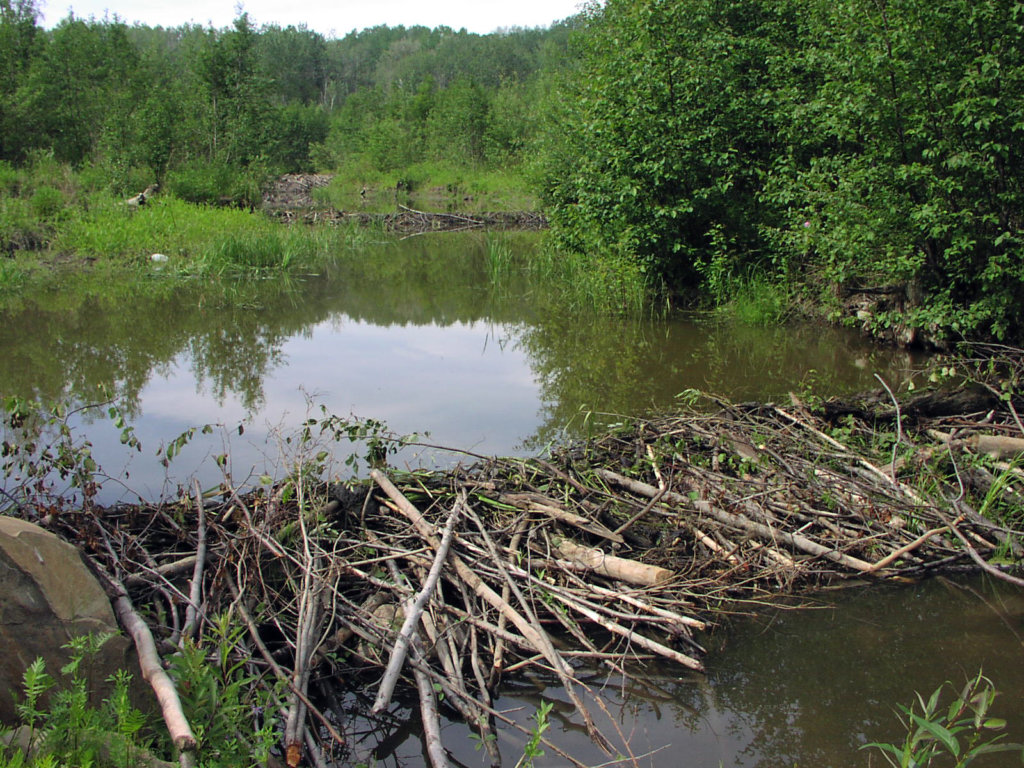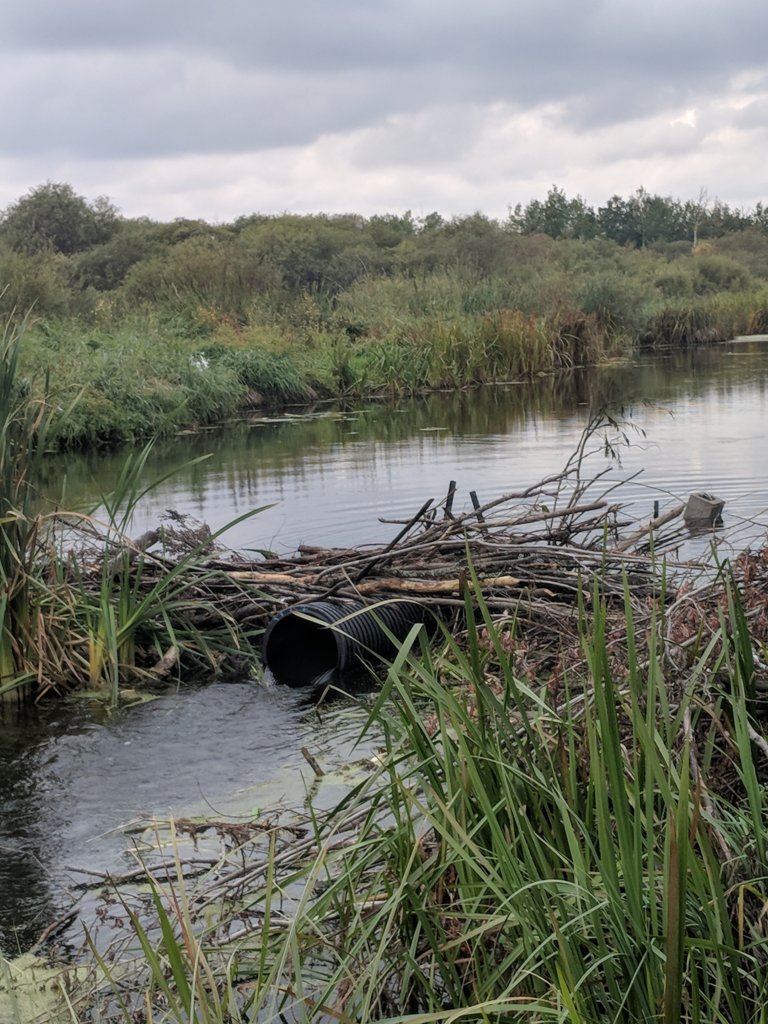Beavers in Our Landscape: Workshop Recap
Friday Read and Science | beaver, dam, and riparian | November 2021
Ashley Johnson, Education and Outreach Coordinator
On November 16th, I attended the “Beavers in Our Landscape” workshop, hosted by The County of Barrhead, with support from Highway 2 Conservation and Cows and Fish.
The workshop was divided into two parts, with a question period after each of the presentations. The workshop was a slightly condensed version of a larger workshop developed with Cows and Fish and the Miistakis Institute as part of their “Putting Beavers to Work for Watershed Restoration and Resiliency Collaborative”. Kerri O’Shaughnessy from Cows and Fish delivered the presentations.
Part 1 focused on beaver ecology. Here’s what I learned:
- Beavers have continuously growing incisors

- A typical beaver colony has 6 individuals; 2 adults, 2 year-olds, and 2 babies
- When the 2 year-olds grow up, they move on to make their own colonies elsewhere
- Beaver dams are intentionally leaky, so that pressure doesn’t build up too much on the pond side

- Beavers like aspen and willow, and settle in areas where water is present, but not flowing too rapidly
- About 53% of their annual diet is wood!
- This varies seasonally, with 86% of the diet being wood in the winter; 32% in the spring; 16% in the summer; 60% wood in the fall
- They build food caches in their pond, accessible in the winter underwater from the beaver lodge or den (their home)
From there it was on to the first question period. One question was about beaver in urban landscapes. Kirby England (a beaver researcher) was present on the call, and he shared a recent publication he co-authored looking at exactly that. Beavers in urban landscapes create natural spaces and habitat for other wildlife. The ponds also help attenuate floods and slow down runoff as it enters and moves through a stream channel through urban environments.
The workshop also included information about the pros and cons of beaver on the landscape. Their presence can help improve water quality, aid in wildfire mitigation, and slow flood peaks. This means they can be beneficial in both wet and dry years! However, beaver can also cause problems, some of which landowners and municipalities are intimately familiar with: they can block culverts, resulting in flooded roads, they can take out prized trees or ‘borrow’ expensive lumber from yards, and they’ve even been known to chew cables!
Many counties’ strategies for dealing with beaver are trapping them (to be culled), or blowing out the dams with explosives. These can be costly solutions, especially when beaver keep returning to take that prime real estate that just opened up.
That’s when beaver co-existence tools can become beneficial. These tools include culvert protectors, tree wrapping, habitat management, and pond levelers (a pond leveler is a water regulation tool that manages the water level in a beaver pond).
Lisa Card from Highway 2 Conservation talked about her experience putting in a pond leveler back in 2018. Since that installation, the pond leveler has performed like it was supposed to!

We also heard from representatives of Athabasca County and County of Barrhead about their experiences installing pond levelers.

The Athabasca Watershed Council helped to put in the leveler that the County of Barrhead representative mentioned, which you can read about here.
